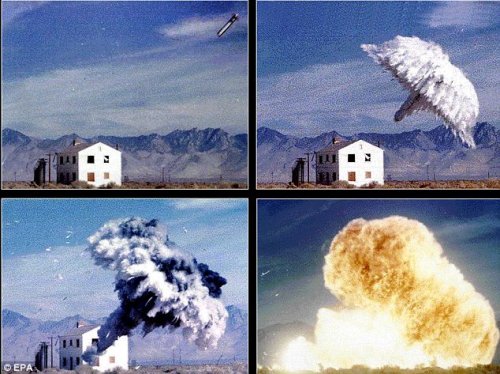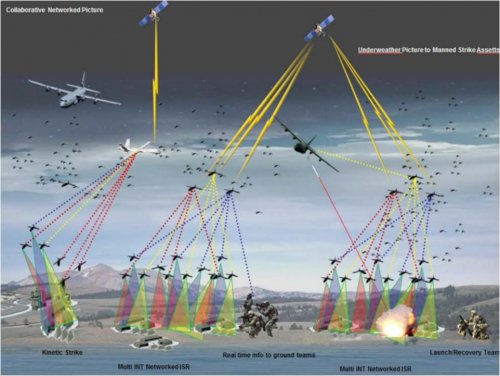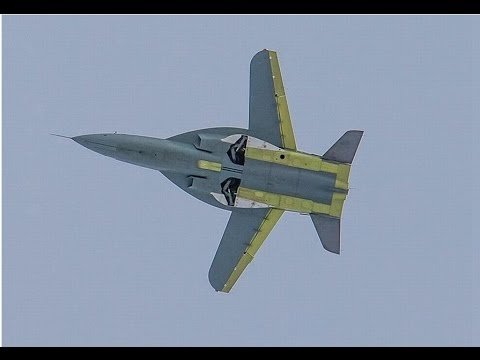The U.S. Air Force is searching for a new company to rebuild wings on the A-10 ground-attack plane after ending an arrangement with Boeing Co., officials said.
The service plans to launch a new competition for the re-winging work and award a contract sometime after Congress appropriates full-year funding for fiscal 2018, which began Oct. 1, they said. (The government is currently running on a short-term funding measure known as a continuing resolution, which lasts through Feb. 8.)
During a speech on Thursday in Washington, D.C., Gen. Mike Holmes, the head of Air Combat Command, touched on the contract with Boeing and the planned future deal.
"The previous contract that we had was with Boeing, and it kind of came to the end of its life for cost and for other reasons," he said. "It was a contract that was no longer cost-effective for Boeing to produce wings under, and there were options there that we weren't sure where we were going to go, and so now we're working through the process of getting another contract."
When contacted by Military.com for additional details, Ann Stefanek, a spokeswoman for the Air Force at the Pentagon, confirmed the planned contract will be "a new and open competition."
Boeing has been upgrading A-10 wings for the Air Force since June 2007, according to Cassaundra Bantly, a spokeswoman for the Chicago-based company. The contract calls for replacing up to 242 sets of wings, and the company has so far received orders to replace 173, she said.
"Boeing stands ready with a demonstrated understanding of the technical data package, tooling, supply chain, and manufacturing techniques to offer the lowest risk option and quickest timeline for additional wings for the A-10 Warthog," Bantly said in an email.
She added, "The ordering period on the current contract has expired, so the U.S. Air Force is working on an acquisition strategy for more wings. Boeing would welcome a follow-on effort for additional A-10 wings.
"We’re currently in the process of delivering the remaining wings on our contract," Bantly said.
During a briefing at the Brookings Institution, Holmes said the Air Force requested funding in the fiscal 2018 budget to continue rebuilding wings on the A-10 Thunderbolt II, also known as the Warthog. The aircraft, popular among ground troops though a budget target for previous leaders, recently returned to Afghanistan to conduct close air support missions.
Stefanek recently told Military.com the Air Force plans to use $103 million authorized in the National Defense Authorization Act, which sets policy goals and spending limits for the fiscal year, to award a contract for the A-10 work, establish a new wing production line and produce four additional wings.
That work "is all that money funds," she told Military.com last week.
Once the Air Force receives the funding, the competition can be announced. Whichever defense contractor wins the contract will pay for the startup to include four sets of new wings.
However, because the wings will be considered a "new start" program, the work can't begin under a continuing resolution -- the program is dependent on the fiscal 2018 and succeeding 2019 appropriations.
"In the [FY]19 program that we're working, we also buy more wings," Holmes said.
With a new contract, like "all new contracts" the first set of wings will be expensive as engineers work through the design phase, Holmes said, referring to working through the production line kinks that come at the start of programs.
How many more A-10s will get new wings still remains in limbo.
Air Force officials have said the service can commit to maintaining wings for six of its nine A-10 combat squadrons through roughly 2030.
"As far as exactly how many of the 280 or so A-10s that we have that we'll maintain forever, I'm not sure, that'll depend on a Department of Defense decision and our work with Congress," Holmes said.
On the exact squadron number, he clarified, "It's not a decision that we have to make right away. It'll depend on what we have, what we need and what's useful on the battlefield year-to-year as we go through it."
Of the 281 A-10s currently in the inventory, 173 have already been outfitted or are in the process of being outfitted with new wings (though one of the newly re-winged planes was destroyed in a crash), Stefanek said. That leaves 109 aircraft remaining in the inventory still slated to receive the upgrades, she said.
The service has struggled with its message on how it plans to keep the fleet flying since the aircraft's retirement was delayed until at least 2022.
Facing financial pressure, the Air Force -- driven by spending caps known as sequestration -- made multiple attempts in recent years to retire the Warthog to save an estimated $4 billion over five years and to free up maintainers for the F-35 Joint Strike Fighter, the stealthy fifth-generation fighter jet designed to replace the A-10 and legacy fighters.
Holmes on Thursday added that as more F-35 amass themselves across U.S. bases, "I won't be able to just add those on top of the [fighter] squadrons that I have."
The service is looking to grow its fighter fleet to stay competitive against near-peer threats such as Russia and China. To do so, it believes it needs to increase its number of fighter squadrons from 55 to 60.
But that means it needs a variety of aircraft to sustain the fight, not just a regurgitation of old planes. Whether this means the Air Force is still weighing retiring its F-15C/D fleet sometime in the mid-2020s is unclear. Holmes did not speak to specific aircraft fleets when addressing fighter requirements.
"We'll have to make some decisions" of what kind of aircraft to move or divest, he said.
Preferred basing for F-35 bases is old F-16 Fighting Falcon bases, he said. The Air Force has been moving Vipers around various bases or into new training units since the F-35 has come online.
-- Editor's note: This story was updated to add comments from the Boeing spokeswoman beginning in the sixth paragraph.



